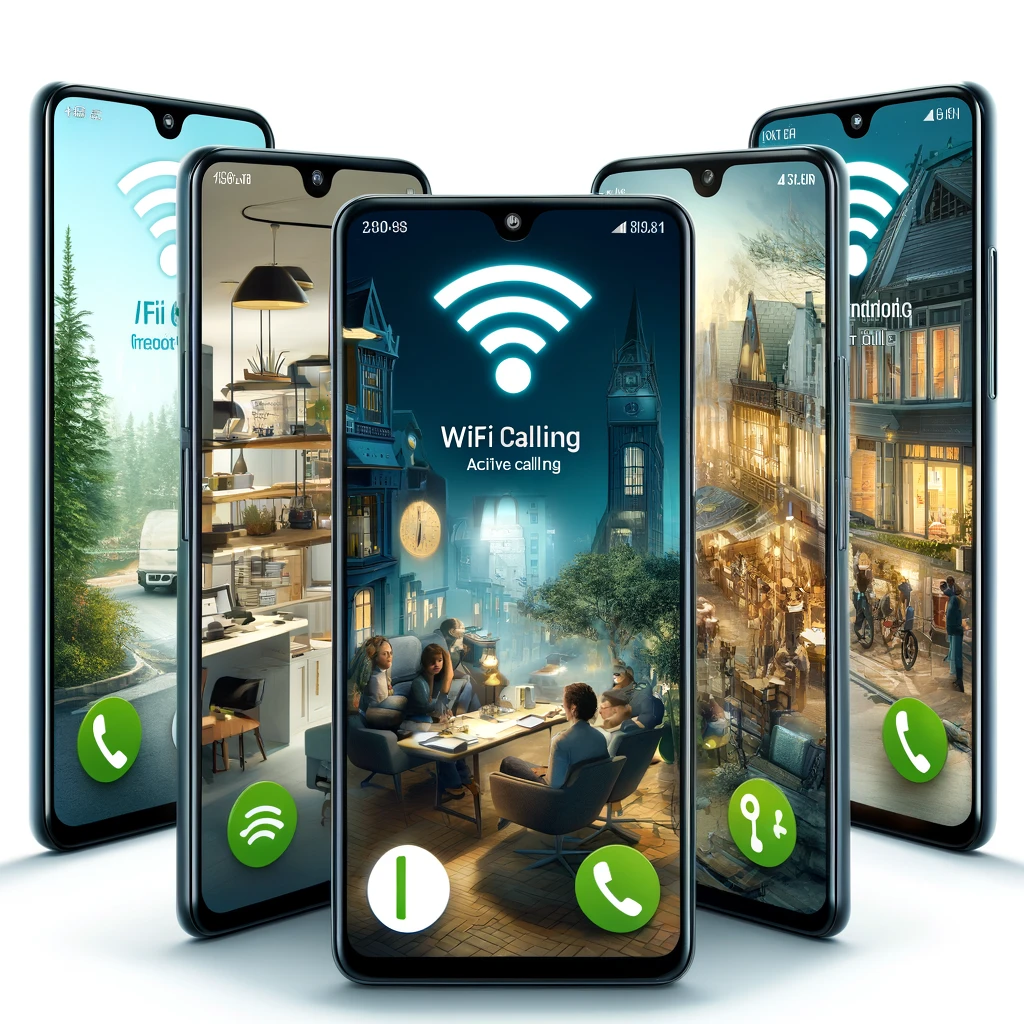
Android WiFi calling is a feature that allows users to make and receive phone calls over a WiFi network instead of the traditional cellular network. This technology provides a valuable alternative for users, particularly in areas where cellular reception is weak or unavailable. It harnesses the power of WiFi to offer a reliable communication channel, enhancing call quality and ensuring connectivity in challenging environments.
The beauty of WiFi calling on Android devices lies in its seamless integration. Users can enable this feature in the settings menu, allowing their phone to automatically switch to WiFi calling when the cellular signal is insufficient. This integration is particularly user-friendly, as it doesn’t require any additional apps or services—calls are made and received just like traditional phone calls, but over a WiFi network.
One of the key advantages of Android WiFi calling is its ability to improve call quality in areas with poor cellular coverage. Whether inside buildings with thick walls, in rural locations, or in underground areas, WiFi calling ensures that users remain connected. Moreover, this feature is a boon for international travelers, allowing them to make and receive calls without incurring exorbitant roaming charges typically associated with international cellular calls.
Despite its advantages, the effectiveness of WiFi calling on Android devices is heavily dependent on the quality of the WiFi connection. A strong and stable WiFi network is essential to ensure high-quality calls without interruptions or delays. Users may experience variations in call quality if the WiFi signal is weak or unstable.
The adoption of WiFi calling among Android users is growing, driven by its inclusion in a wide range of Android devices across various manufacturers. This universal support underscores the importance of WiFi calling in today’s mobile communication landscape, where connectivity and call quality are paramount.
WiFi calling on Android also aligns with the broader trend of leveraging internet-based services for communication, such as VoIP and messaging apps. However, unlike many VoIP services, WiFi calling does not require users to have a specific app or use a different number. It integrates with the phone’s native dialer, providing a more intuitive and consistent user experience.
For users concerned about costs, WiFi calling can offer significant savings. Calls made over WiFi, especially international ones, may be charged at local rates depending on the user’s service plan. This can reduce or eliminate the high costs associated with international calling on a cellular network.
Furthermore, Android’s WiFi calling feature includes support for emergency calls, providing an essential service in situations where cellular networks are inaccessible. This can be crucial in emergencies, ensuring that users can reach emergency services even without a cellular signal.
WiFi calling on Android devices represents a significant step forward in mobile communication, offering users an alternative way to stay connected, especially in areas with poor cellular reception. With its integration into the Android operating system, WiFi calling enhances call quality, provides cost savings, and ensures connectivity in diverse environments. As WiFi networks become more widespread and reliable, WiFi calling is set to play an increasingly vital role in the way we communicate, reinforcing its status as a key feature in modern mobile technology.